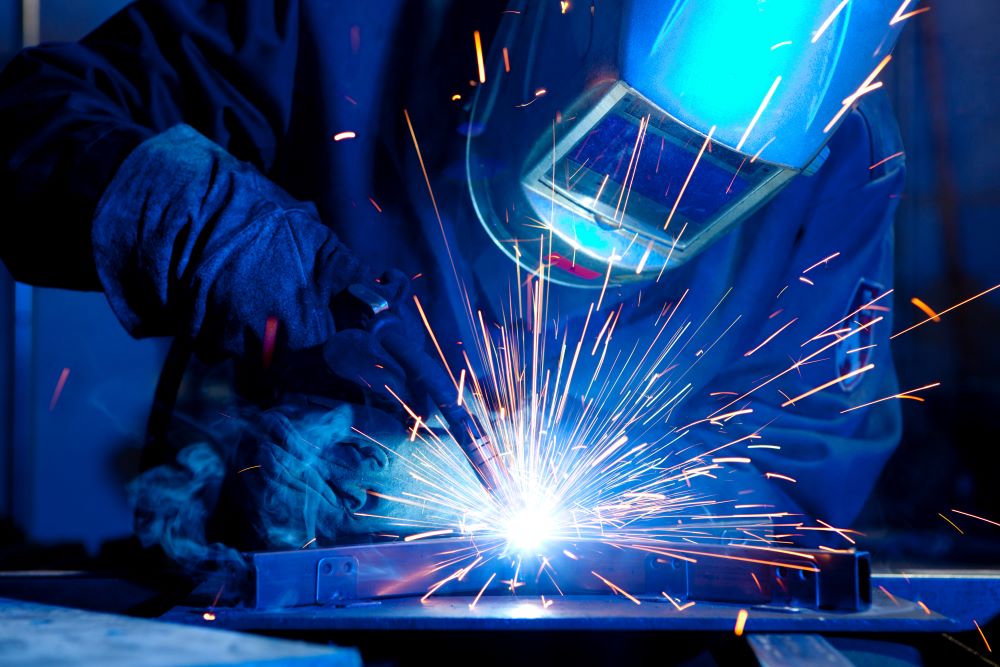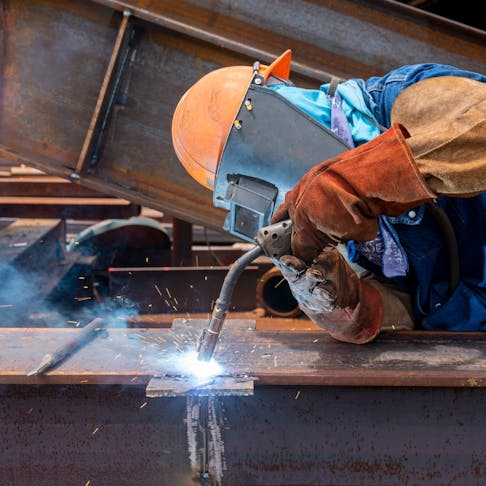Welding WPS: Usual Errors to Stay Clear Of and How to Correct Them
Welding WPS: Usual Errors to Stay Clear Of and How to Correct Them
Blog Article
The Ultimate Guide to Welding WPS Procedures: A Thorough Introduction for Welders
In the complex world of welding, Welding Treatment Specs (WPS) offer as the backbone of making certain top quality, consistency, and safety and security in welding operations (welding WPS). As we dive into the different elements of a WPS and explore the ins and outs of credentials and qualification, we will reveal the vital function these treatments play in the realm of welding.
Significance of WPS Procedures
Understanding the importance of Welding Procedure Specs (WPS) treatments is essential for ensuring the high quality and honesty of welded structures. WPS treatments serve as a roadmap for welders, detailing the needed actions, criteria, and materials called for to attain an audio weld. By adhering to WPS guidelines, welders can make certain consistency in their work, resulting in structurally sound and reliable welds.
One of the main reasons that WPS procedures are crucial is their function in maintaining weld high quality and stability. Following the specified welding parameters and techniques laid out in the WPS helps prevent issues such as porosity, breaking, or incomplete fusion, which can jeopardize the stamina and durability of the weld. Furthermore, WPS treatments are crucial for guaranteeing conformity with industry standards and codes. By complying with well established WPS standards, welders can demonstrate that their work satisfies the needed demands for security and high quality, offering guarantee to clients, assessors, and regulative bodies. Fundamentally, the significance of WPS procedures can not be overemphasized, as they are fundamental to accomplishing consistent, premium welds that satisfy industry criteria and specs.

Elements of a WPS
A Welding Procedure Spec (WPS) generally makes up crucial components that information the specific requirements for performing a weld, making certain consistency and high quality in the welding procedure. The key elements of a WPS include essential variables such as base metals, filler steels, preheat and interpass temperatures, welding processes, securing gases, welding positions, and post-weld warmth treatment needs.
Base steels describe the products being joined, while filler steels are utilized to fill up the space between the base metals during welding. Preheat and interpass temperature levels are crucial for managing the warm input and preventing problems like fracturing or distortion. The welding procedure details the particular strategy to be used, whether it's gas metal arc welding (GMAW), secured metal arc welding (SMAW), or one more approach. Shielding gases shield the weld swimming pool from atmospheric contamination. Welding placements specify the positionings in which welding can be done. Post-weld warmth therapy may be needed to ease stresses and boost the weld's properties. A thorough understanding of these parts is critical for producing a effective and detailed WPS.

Certification and Accreditation
Having actually established the essential parts of a Welding Procedure Requirements (WPS), the focus currently moves in the direction of the crucial aspects of certification and accreditation in welding practices.

Certification, on the other hand, is the official acknowledgment of a welder's credentials by a pertinent qualification body or company. Welding certifications are generally based upon the specific welding procedures, products, and settings a welder is certified to work with. Holding a legitimate welding accreditation shows that a welder meets sector criteria and is qualified to perform welding tasks to the needed requirements.
Producing a WPS
To create a Welding Treatment Requirements (WPS) that satisfies market criteria, careful factor to consider of welding processes, products, and functional parameters is vital (welding WPS). The very first step in developing a WPS is to identify the welding procedure to be made use of, such as gas steel arc welding (GMAW) or protected steel arc welding (SMAW) When the welding procedure is identified, the following essential aspect is picking the suitable products, considering aspects content like base metal kind, thickness, and joint style. Functional specifications such as welding existing, voltage, traveling speed, and protecting gas make-up have to likewise be meticulously defined in the WPS.

Executing and Monitoring WPS
Upon wrapping up the comprehensive Welding Procedure Requirements (WPS) that diligently information welding procedures, materials, operational parameters, and top quality guarantee actions, the emphasis moves to efficiently carrying out and keeping track of the well-known procedures. Implementation involves making sure that all welders involved in the task are familiar with the WPS and follow it meticulously during the welding process. Effective implementation and tracking of the WPS are important for making certain the integrity, stamina, and security of the welded joints, eventually adding to the overall success of the welding project.
Verdict
Finally, understanding and complying with Welding Procedure Requirements (WPS) over at this website is critical for welders to make sure top quality, consistency, and safety in their job. By understanding the elements of a WPS, acquiring proper credentials and accreditations, producing detailed treatments, and implementing and checking them efficiently, welders can boost their abilities and efficiency in welding methods. Following WPS treatments is vital for producing top quality welds and meeting industry standards.
In the elaborate globe of welding, Welding Treatment Requirements (WPS) offer as the backbone of guaranteeing top quality, uniformity, and safety in welding procedures. The welding process outlines the details technique to be used, whether it's gas metal arc welding (GMAW), protected metal arc welding (SMAW), or an additional technique.To establish a Welding Procedure Requirements (WPS) that fulfills sector criteria, mindful consideration of welding processes, materials, and functional specifications is essential. The very first step in producing a WPS is to identify the welding procedure to be used, such as gas steel arc welding (GMAW) or protected metal arc welding (SMAW)Upon finalizing the comprehensive Welding Procedure Specification (WPS) that diligently details welding procedures, materials, functional parameters, and quality assurance steps, the emphasis moves to successfully carrying out and checking the established procedures.
Report this page